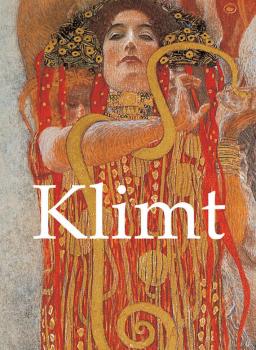ТОП просматриваемых книг сайта:
Confidential Concepts, Inc.
Все книги издательства Confidential Concepts, Inc.Аннотация
Информация о книге
Автор произведения Vincent van Gogh
Жанр Изобразительное искусство, фотография
Серия Mega Square
Аннотация
Информация о книге
Автор произведения Dora Amsden
Жанр Изобразительное искусство, фотография
Серия Mega Square
Аннотация
Информация о книге
Автор произведения Charles de Kay
Жанр Изобразительное искусство, фотография
Серия Mega Square
Аннотация
Информация о книге
Автор произведения Pierre-Joseph Redoute
Жанр Изобразительное искусство, фотография
Серия Mega Square
Аннотация
Информация о книге
Автор произведения Vladimir Loukonine
Жанр Изобразительное искусство, фотография
Серия Mega Square
Аннотация
Информация о книге
Автор произведения Janet Souter
Жанр Изобразительное искусство, фотография
Серия Mega Square
Аннотация
Информация о книге
Автор произведения Alfred Russel Wallace
Жанр Изобразительное искусство, фотография
Серия Mega Square
Аннотация
Аннотация
Аннотация
Информация о книге
Автор произведения E. Lamairesse
Жанр Изобразительное искусство, фотография
Серия Mega Square










